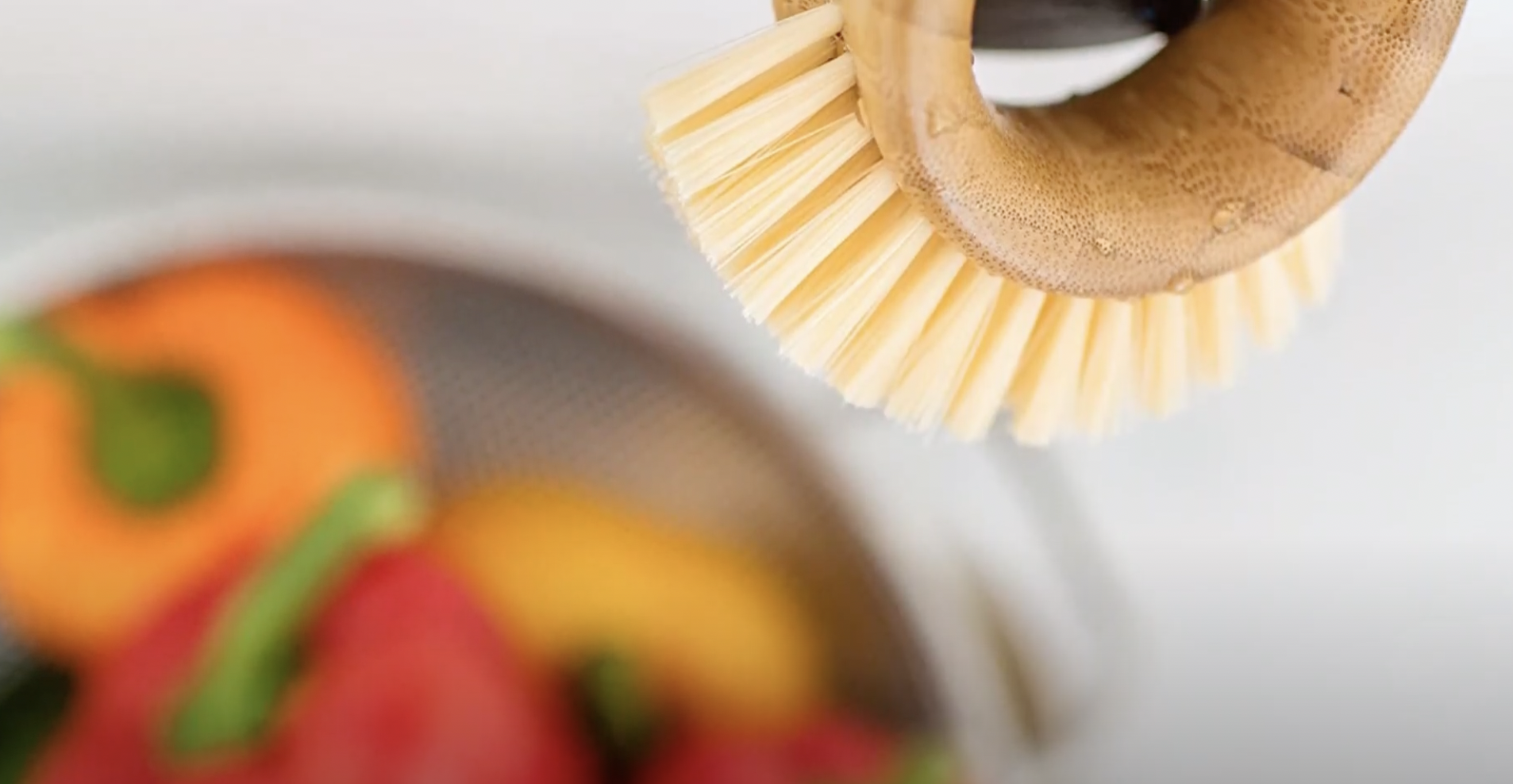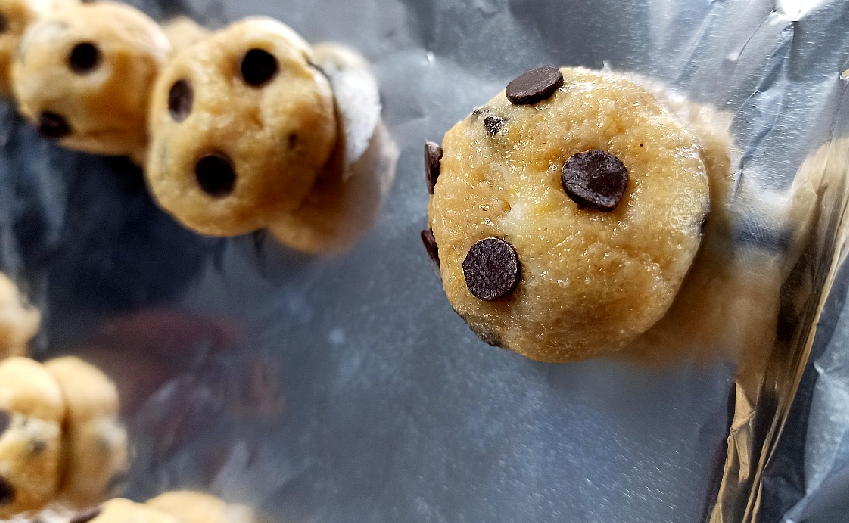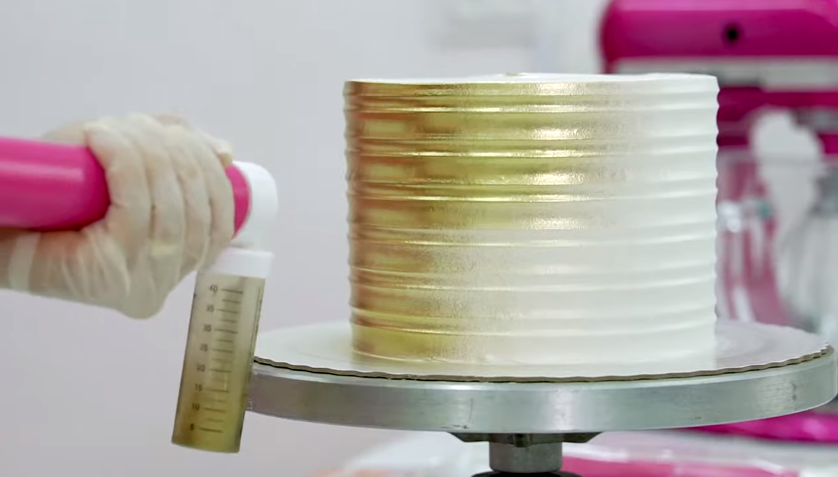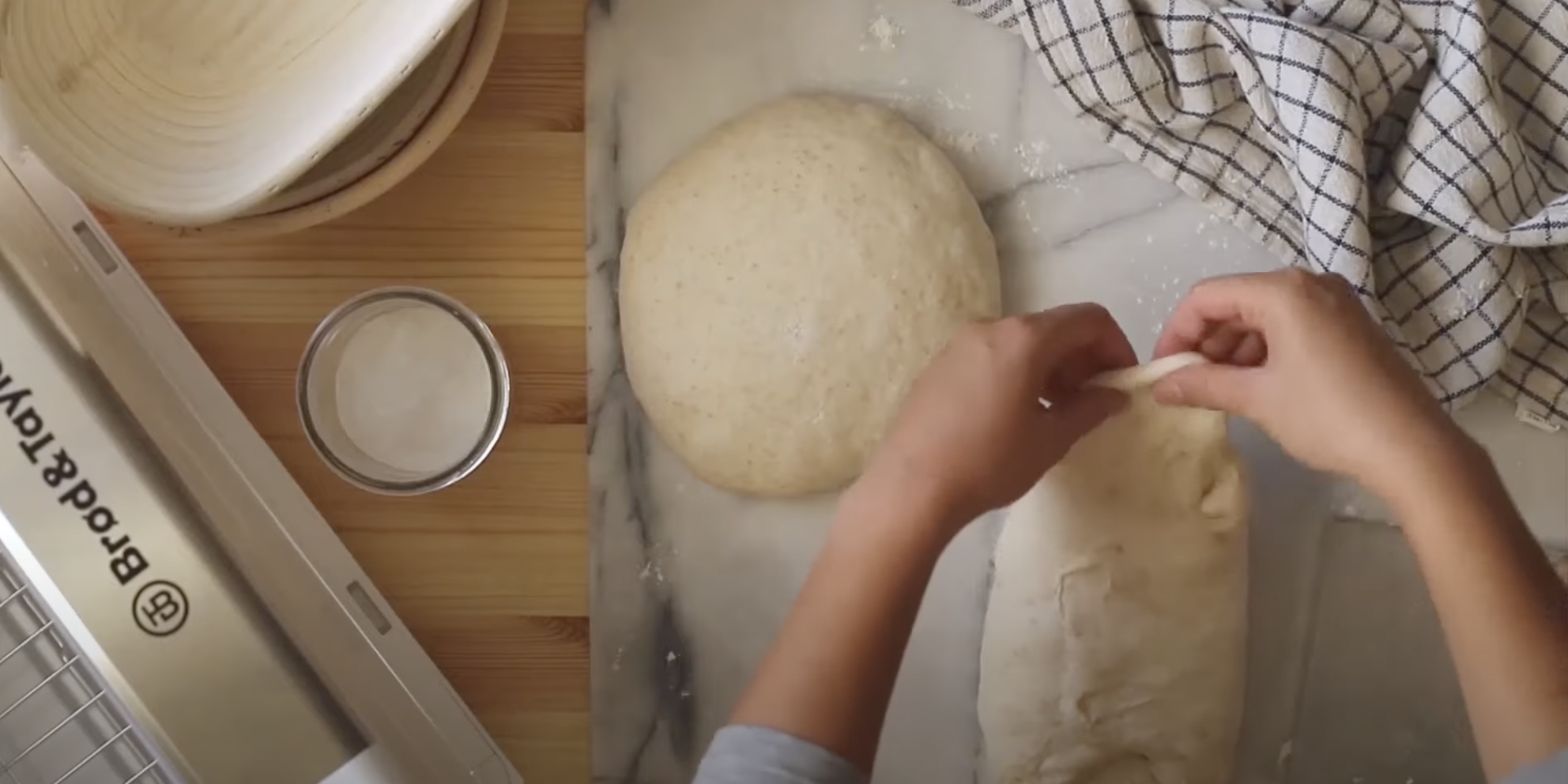Think peanut butter, only made with sesame seeds. To make tahini, sesame seeds are soaked in water for a day, then crushed to separate the bran from the kernels. The crushed seeds are put into salted water, where the bran sinks, but the kernels float and are skimmed off the surface. They are toasted, then ground to produce their oily paste. There are two types of tahini, light and dark, and the light ivory version is considered to have both the best flavor and texture.
Tahini is most closely associated with the Middle East, where it is eaten as is, and often used in making hummus (mashed chickpeas, flavored with lemon juice and garlic), baba ghanoush (a purée of eggplant, lemon juice, garlic, and oil), halvah (a confection that includes honey or cane syrup), and other traditional dishes.
Some people say it reminds them of peanut butter, which you can substitute for it if you want. But really, why would you?























![Can you Cook Eggs in the Microwave? [Complete Guide]](/assets/images/c1f79d1cad59f18f9b5dc31403bd0eb2.png)

















